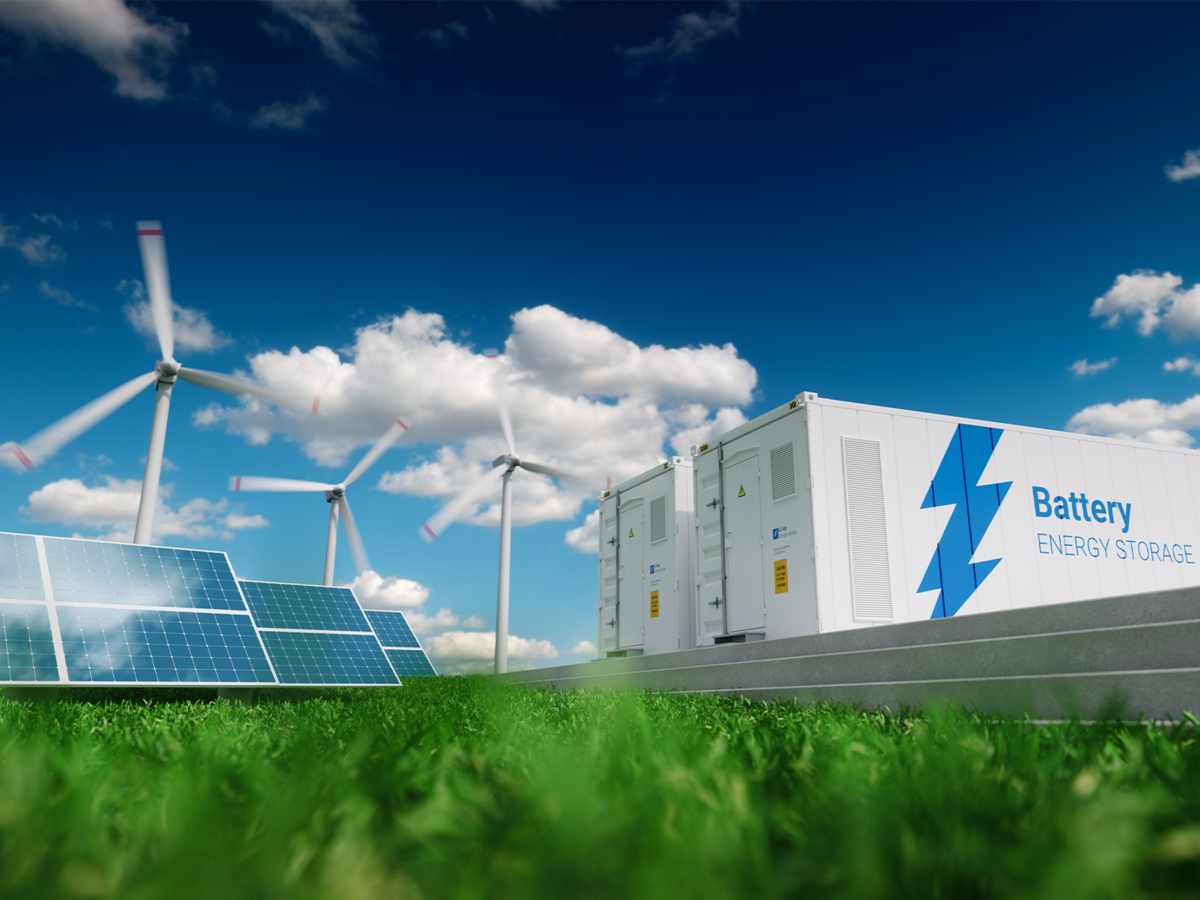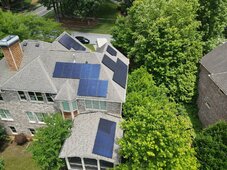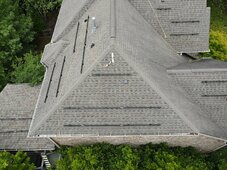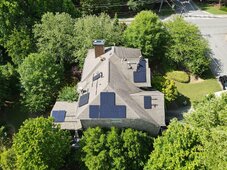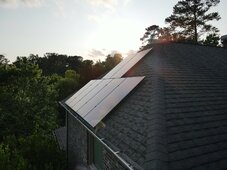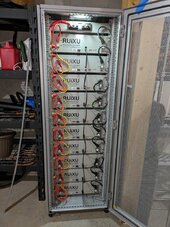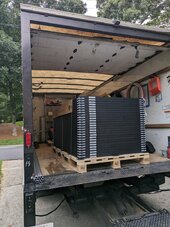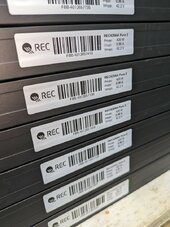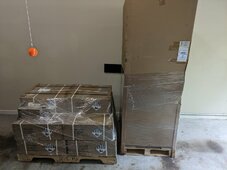Hedges
I See Electromagnetic Fields!
- Joined
- Mar 28, 2020
- Messages
- 21,795
$0.08 off-peak and $0.32 peak, those were my prices in San Jose 20 years ago when I put in PV (I think tiered as well, not just time of use.)
I mean the functionality of a Tesla PowerWall or SMA Sunny Boy Storage. Not necessarily those brands. What matters is low enough $/kWh of cycle life to make arbitrage between $0.08 and $0.32 worthwhile.
If you do have peak solar and peak TOU at the same time, that is good. Used to be that way for me, and with net metering I could get $0.32 credit, then consume later at $0.08. Around the clock and year round, I figure I got back 1.5 kWh for every 1.0 kWh I produced.
You don't need an inverter able to supply your air conditioner, unless you're trying to run during grid outages, or disconnected from the grid. Just need to supply watts from a grid-interactive inverter, to reduce or eliminate grid draw.
All you need is an AC coupled battery. Or a hybrid inverter with battery.
It charges from grid during off-peak, then exports to the house (but not to the grid; CT at meter avoid that.)
This is called shaving - shave imports by backfeeding from battery. But only during times of peak rates.
(Another forum member had SBS + LG battery for a year and wasn't getting savings, because it was shaving peak power during off-peak rates. Has to be programmed correctly.)
You can charge the battery for $0.08/kWh, so it makes no sense to pay for turnkey PV install; that will cost you $0.10/kWh amortized over 20 years.
Start by considering EG4 18kpv and one or more PowerPro, because we know they are UL listed as ESS. Determine how many batteries needed to supply power during the times rates are higher than $0.08/kWh.
See if any less expensive inverters are UL listed ESS, if that is required. And other brands.
Alternatively, If your power draw is near continuous during peak rates, then GT PV zero export and no batteries could also work.
I mean the functionality of a Tesla PowerWall or SMA Sunny Boy Storage. Not necessarily those brands. What matters is low enough $/kWh of cycle life to make arbitrage between $0.08 and $0.32 worthwhile.
If you do have peak solar and peak TOU at the same time, that is good. Used to be that way for me, and with net metering I could get $0.32 credit, then consume later at $0.08. Around the clock and year round, I figure I got back 1.5 kWh for every 1.0 kWh I produced.
You don't need an inverter able to supply your air conditioner, unless you're trying to run during grid outages, or disconnected from the grid. Just need to supply watts from a grid-interactive inverter, to reduce or eliminate grid draw.
All you need is an AC coupled battery. Or a hybrid inverter with battery.
It charges from grid during off-peak, then exports to the house (but not to the grid; CT at meter avoid that.)
This is called shaving - shave imports by backfeeding from battery. But only during times of peak rates.
(Another forum member had SBS + LG battery for a year and wasn't getting savings, because it was shaving peak power during off-peak rates. Has to be programmed correctly.)
You can charge the battery for $0.08/kWh, so it makes no sense to pay for turnkey PV install; that will cost you $0.10/kWh amortized over 20 years.
Start by considering EG4 18kpv and one or more PowerPro, because we know they are UL listed as ESS. Determine how many batteries needed to supply power during the times rates are higher than $0.08/kWh.
See if any less expensive inverters are UL listed ESS, if that is required. And other brands.
Alternatively, If your power draw is near continuous during peak rates, then GT PV zero export and no batteries could also work.



